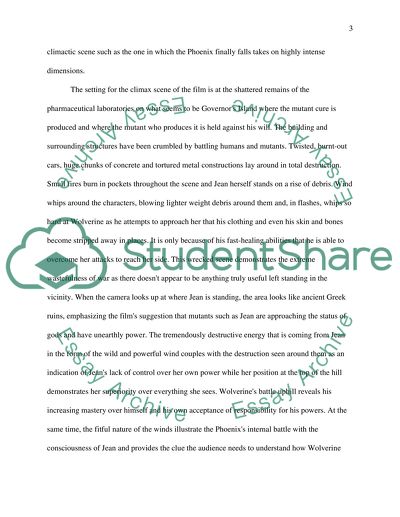Cite this document
(“Mise-en-Scene Analysis Term Paper Example | Topics and Well Written Essays - 1250 words”, n.d.)
Retrieved de https://studentshare.org/visual-arts-film-studies/1390134-elements-of-design
Retrieved de https://studentshare.org/visual-arts-film-studies/1390134-elements-of-design
(Mise-En-Scene Analysis Term Paper Example | Topics and Well Written Essays - 1250 Words)
https://studentshare.org/visual-arts-film-studies/1390134-elements-of-design.
https://studentshare.org/visual-arts-film-studies/1390134-elements-of-design.
“Mise-En-Scene Analysis Term Paper Example | Topics and Well Written Essays - 1250 Words”, n.d. https://studentshare.org/visual-arts-film-studies/1390134-elements-of-design.


